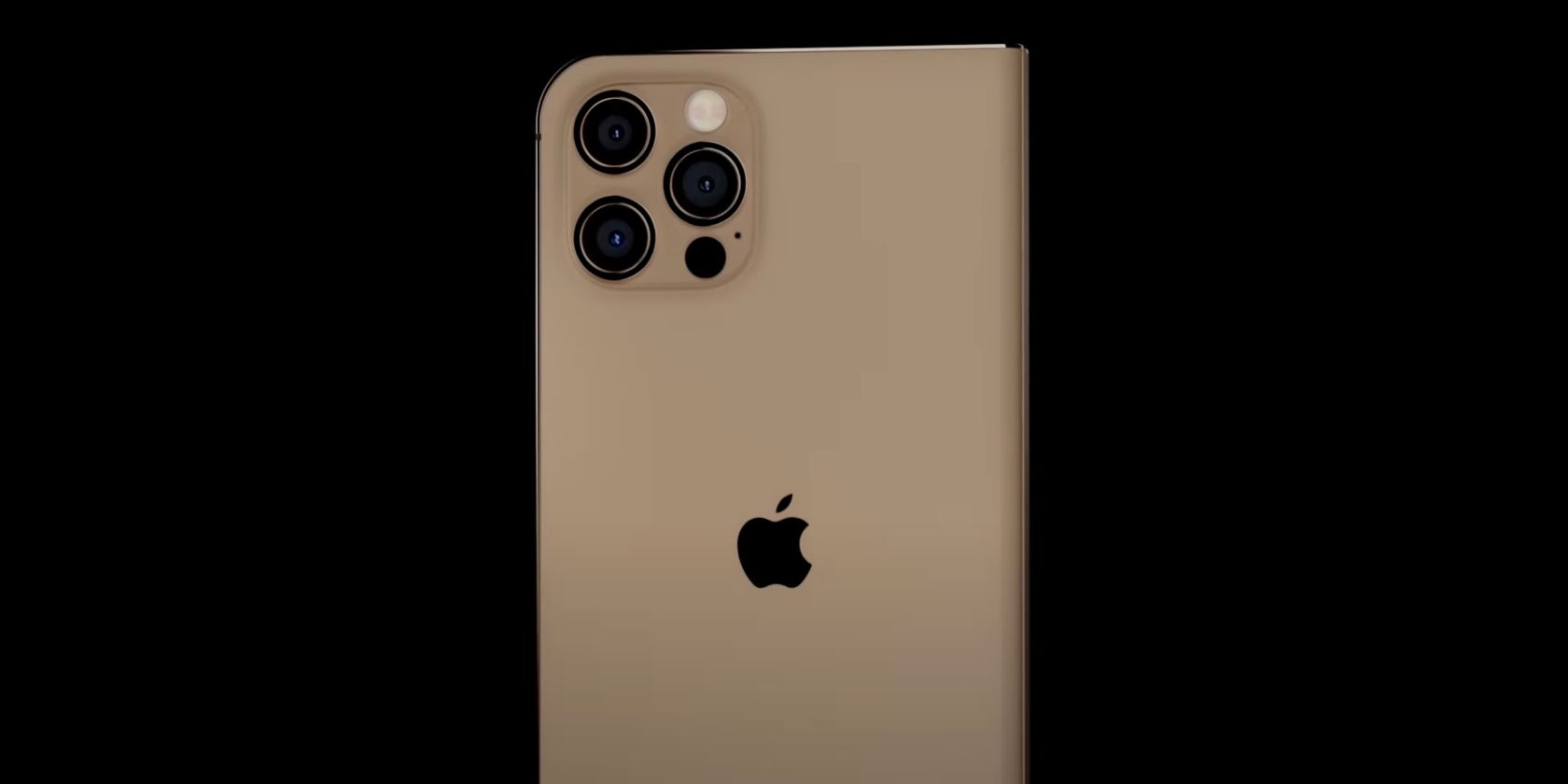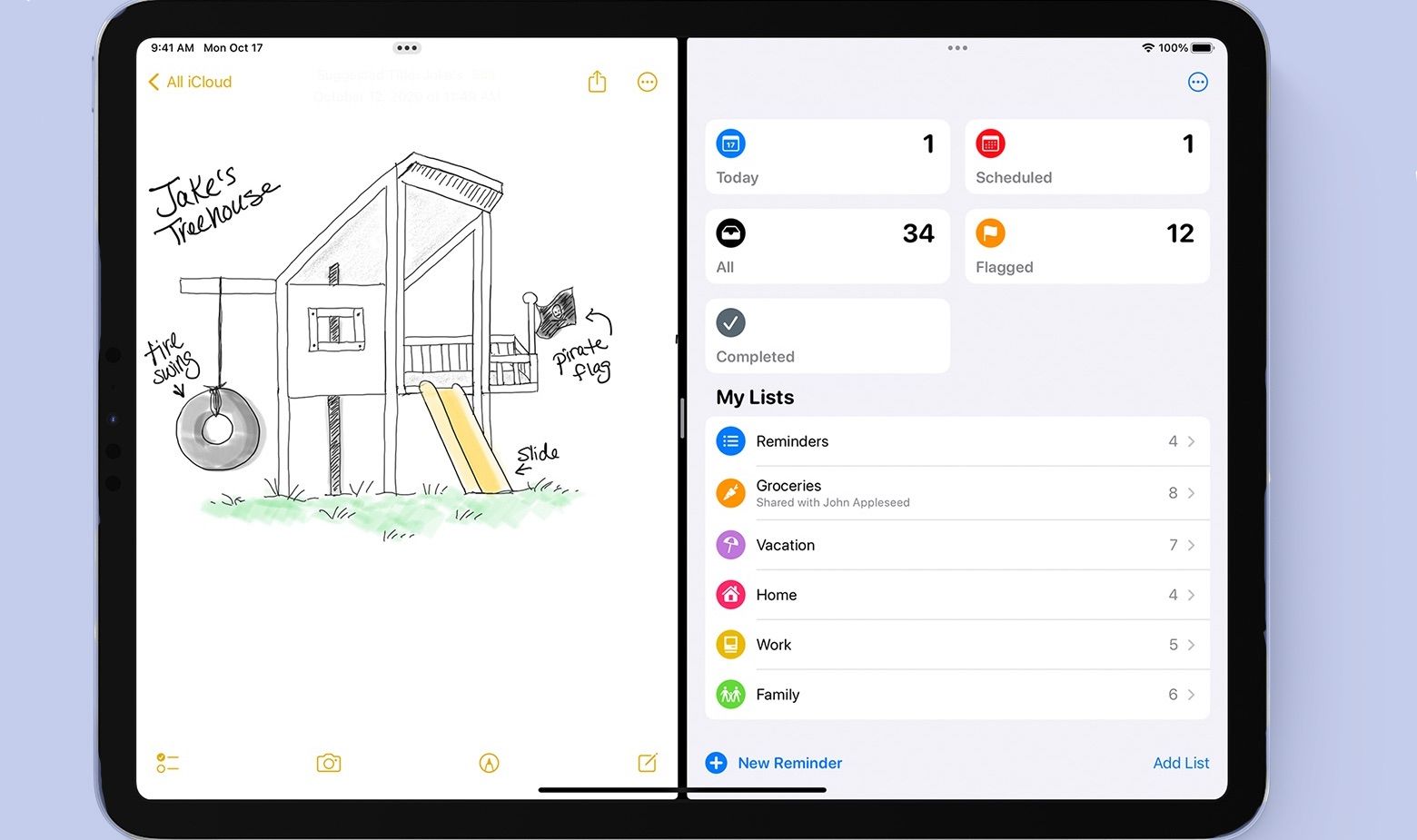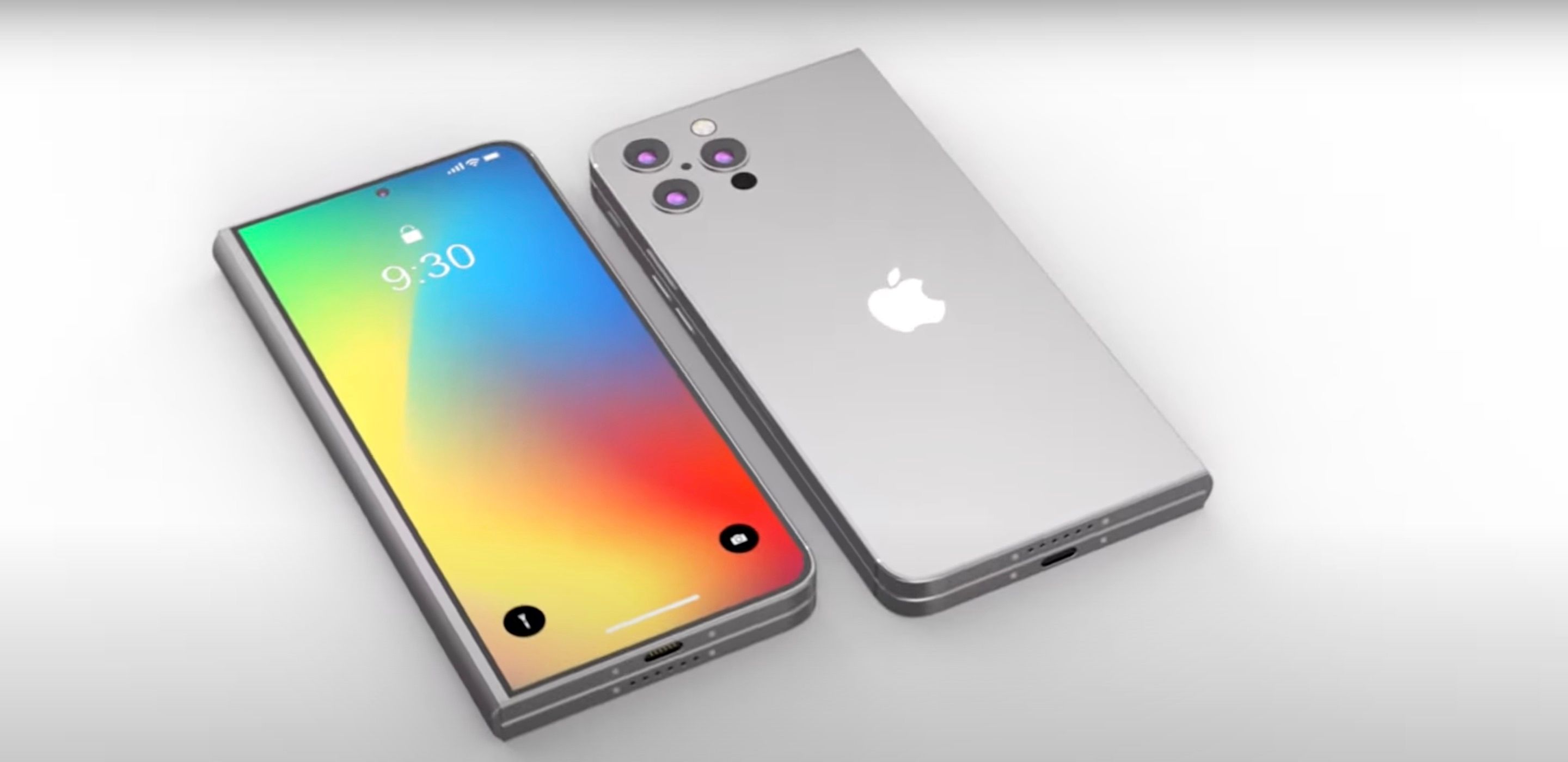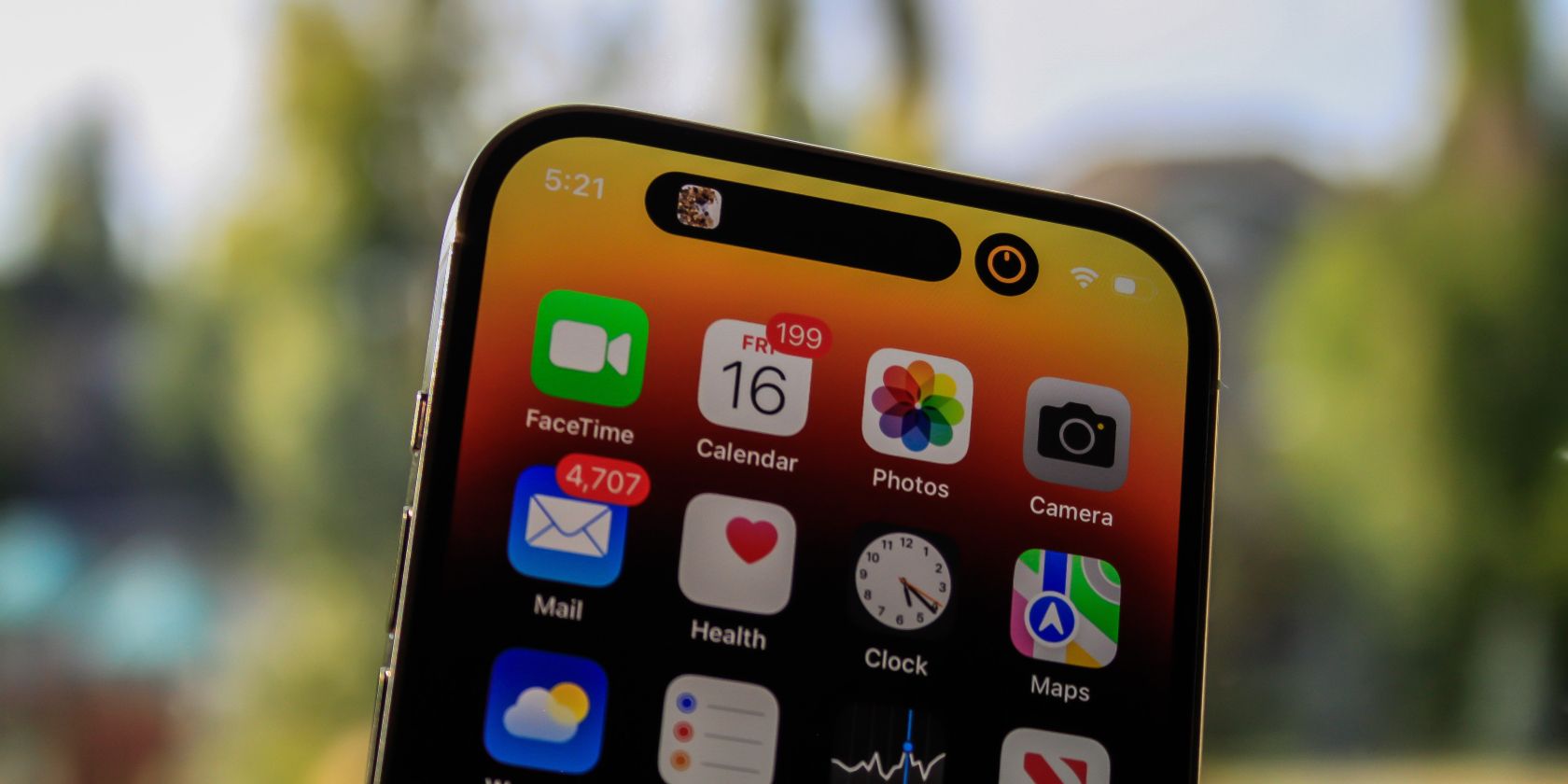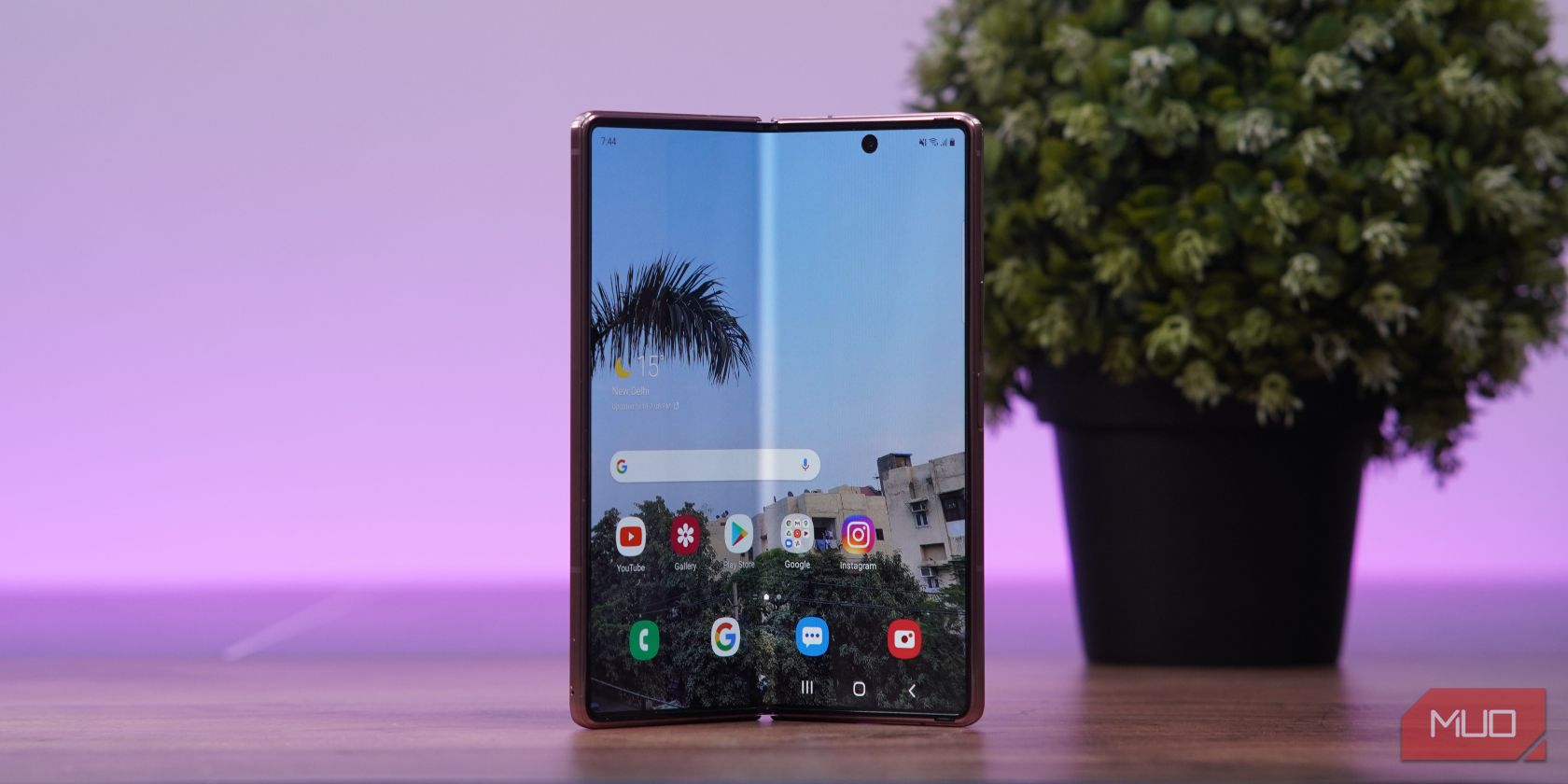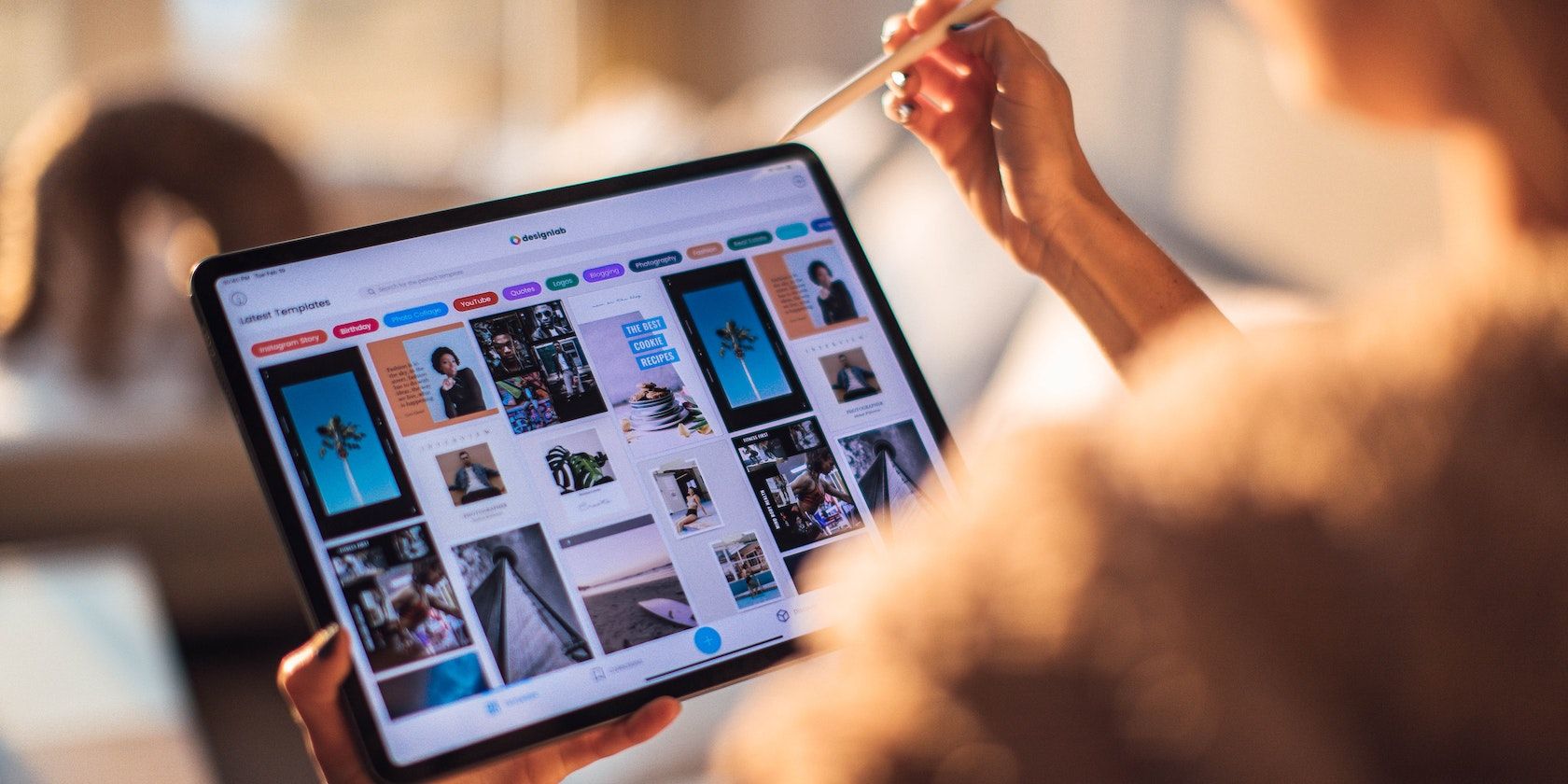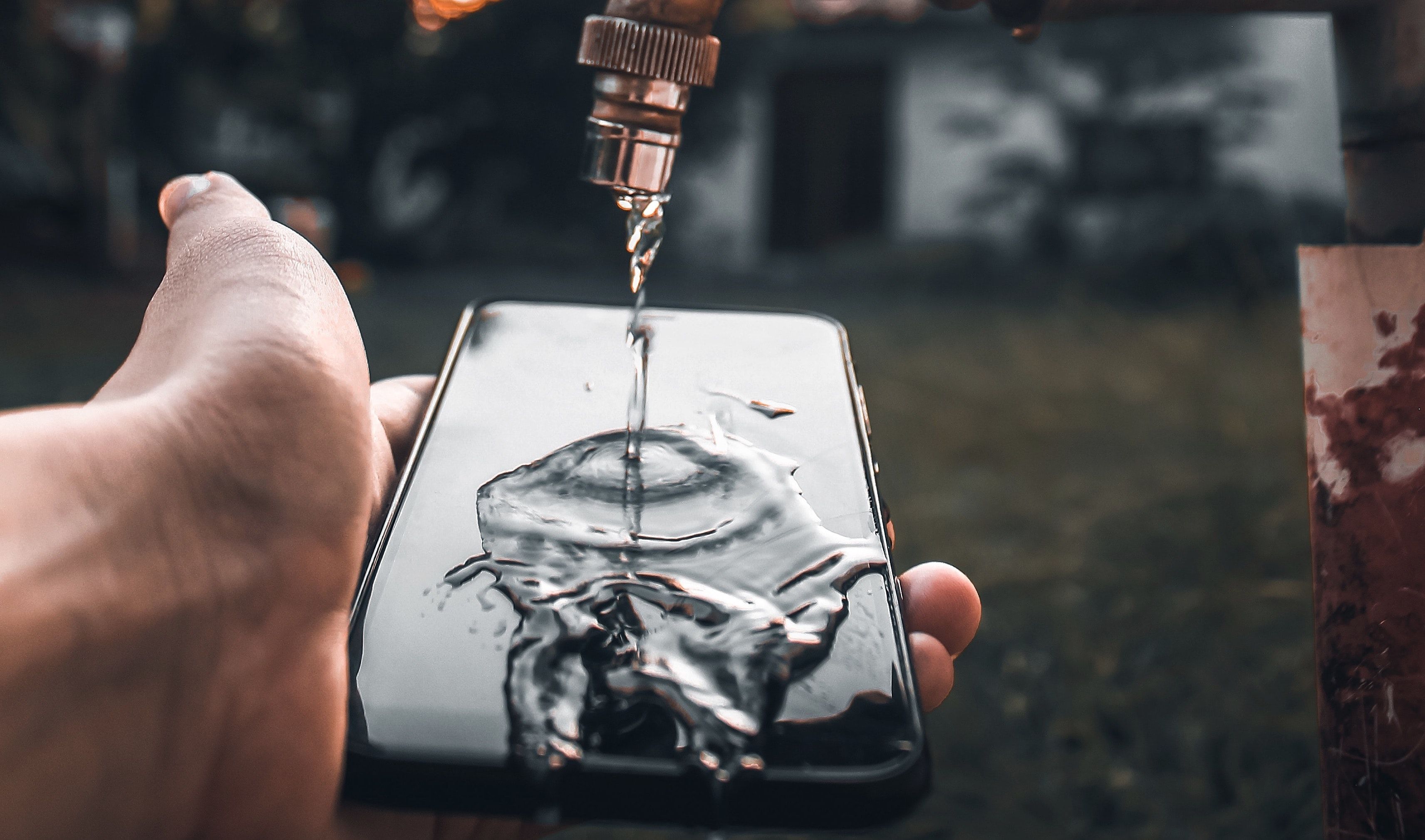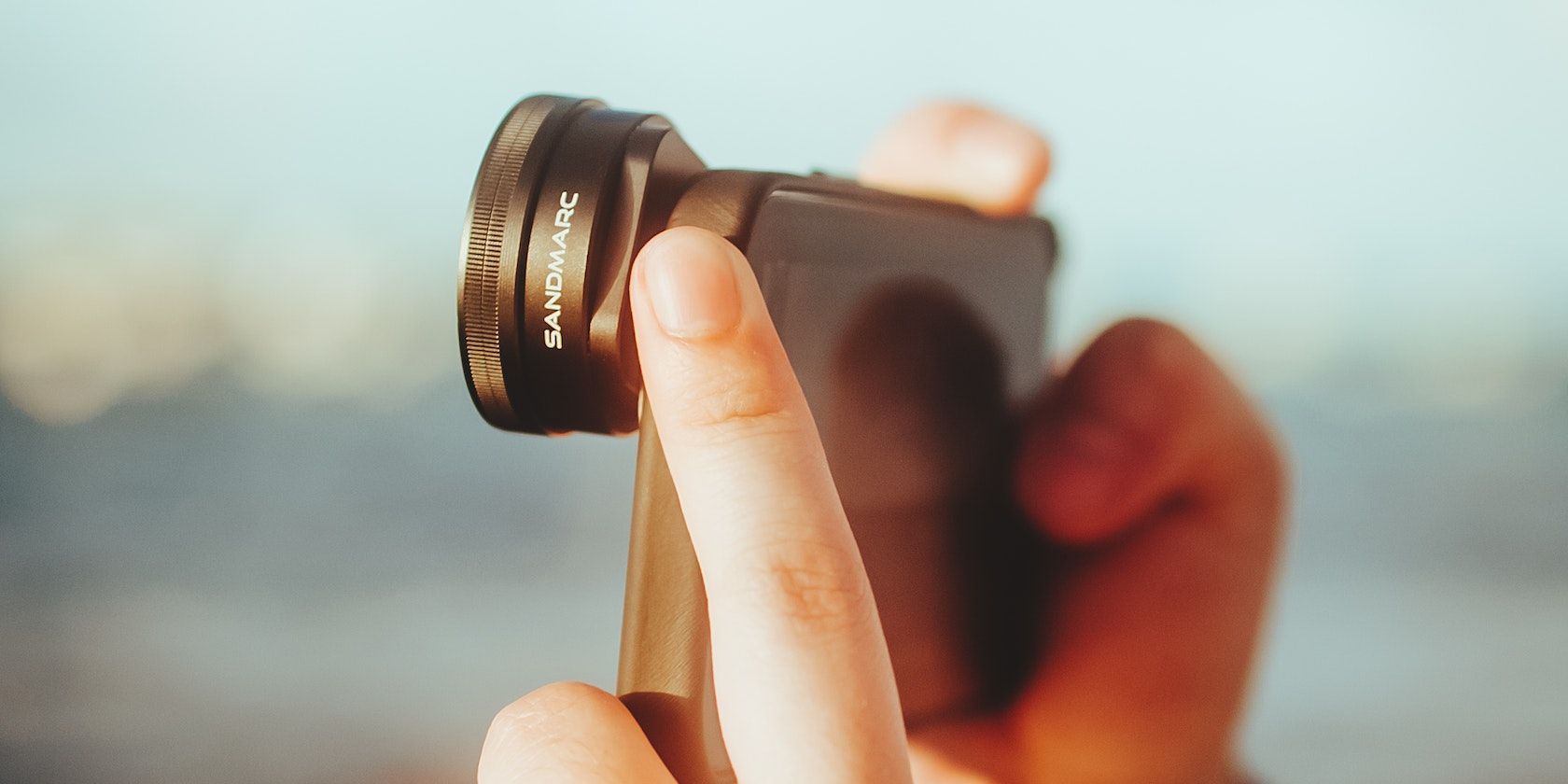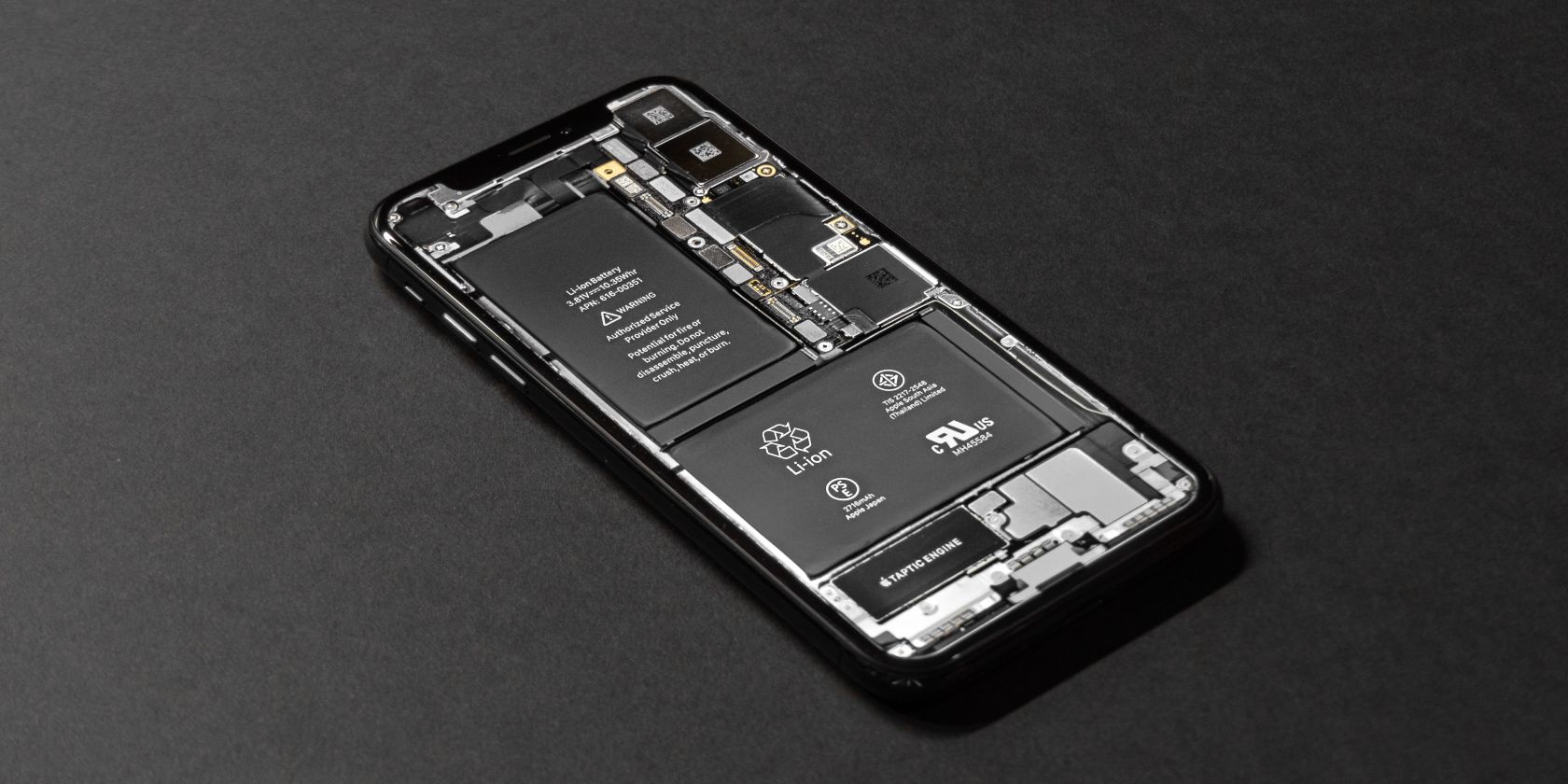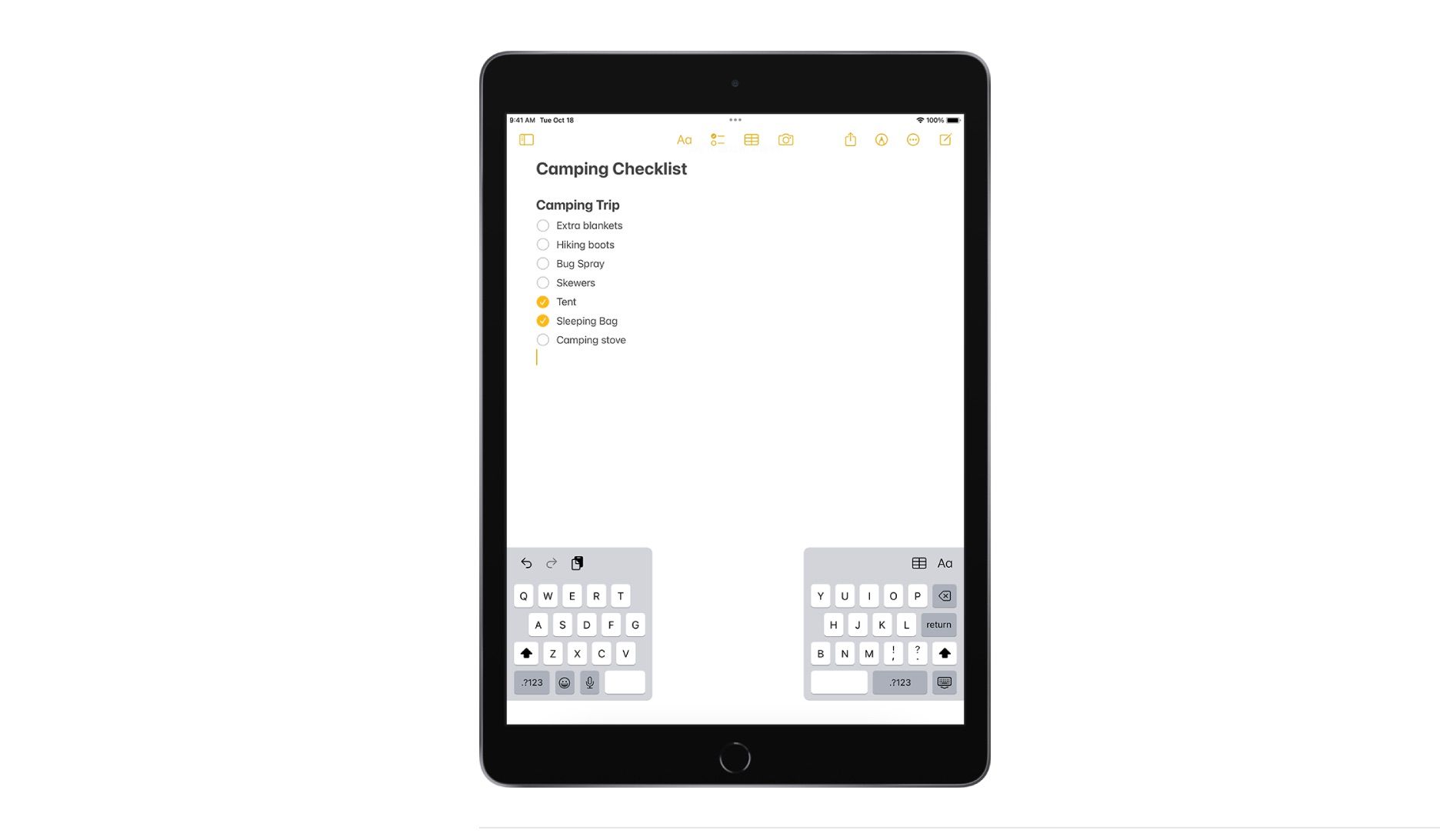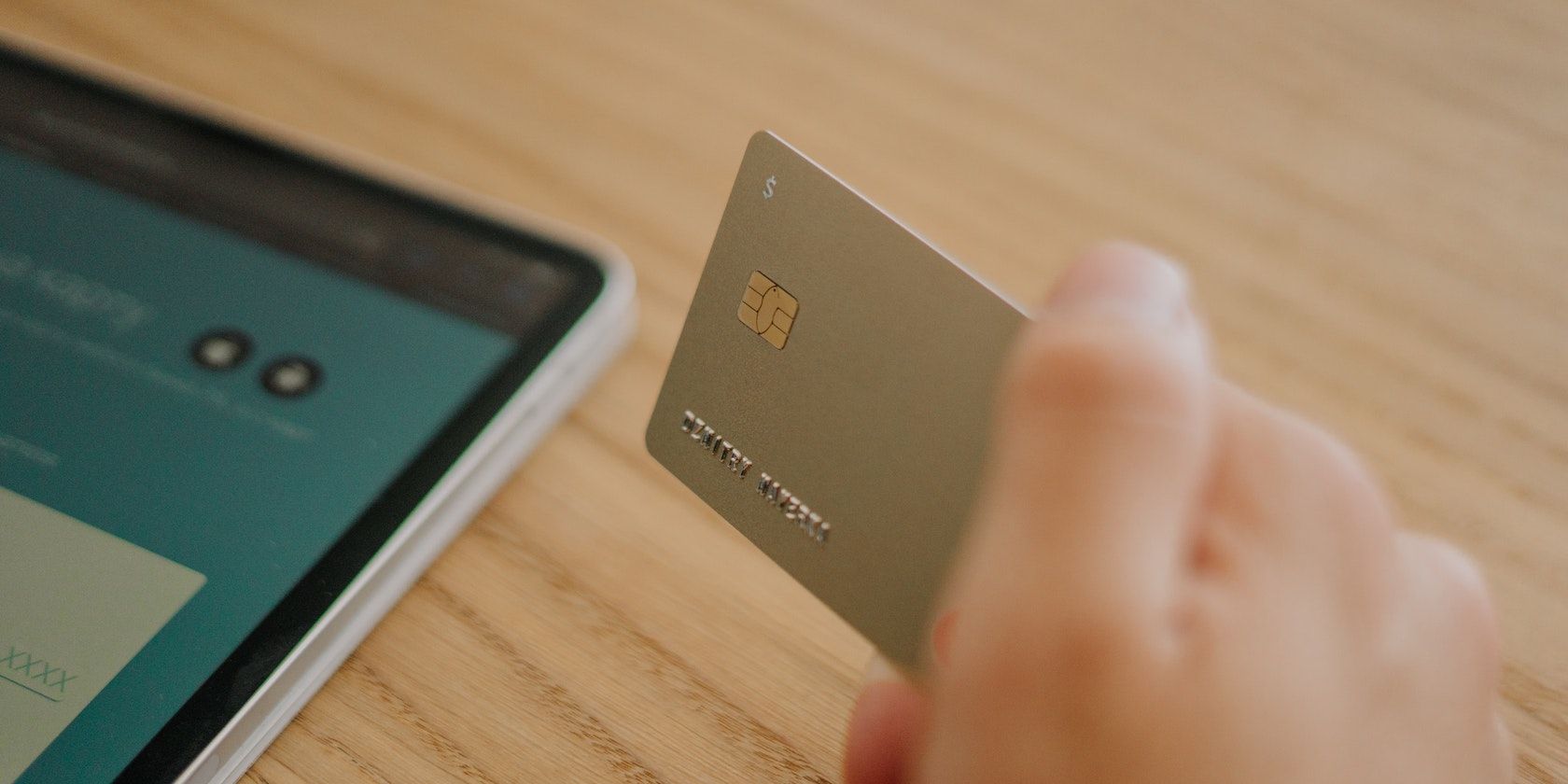Samsung has pioneered the new generation of foldable smartphones long enough with its Galaxy Z Fold and Galaxy Z Flip line. When will Apple bring its cutting-edge hardware and buttery smooth software into the fray to go toe to toe with Samsung?
While there are rumors that Apple is working on a foldable device, we don't know what exactly it would look like or how it would work. That's why we've come up with a list of features we would love Apple to consider before it announces a foldable phone.
1. iPad-Like Multitasking
iPadOS has many multitasking features that we would love Apple to integrate into a foldable iPhone.
Currently, iPadOS shares certain multitasking features with iOS, such as picture-in-picture and app-switching gestures. But we would also love the iPhone Fold to have the iPad's Stage Manager feature.
However, the two main multitasking features we want in this phone are the iPad's Split View and Slide Over. Both of these features will let you work with multiple apps open simultaneously. While Split View splits two windows, Slide Over lets another app's window hover at the edges for you to move about as you want.
2. Secondary Display
The one appealing thing about having a Galaxy Z Fold-style iPhone instead of a Galaxy Z Flip-style one is how we can enjoy a full secondary exterior display that could function as a conventional phone.
This is where we would see notifications, pick up phone calls, and access the camera quickly. Apple will most likely add an always-on display to this screen, and it might be an excellent opportunity to fix all the things we hate about the iPhone's always-on display.
3. Under-Display Face ID Sensors
An iPhone Fold would be pretty convenient with a Face ID sensor. But a sensor under the screen, tucked away and hidden from obvious sight, would make it even cooler.
Some industry experts believe 2024's iPhone 16 Pro models will have under-screen Face ID (via MacRumors). Even though Apple hasn't confirmed such information, it seems a reasonable ask since the technology for that isn't very complicated.
With two displays (one exterior and the other a larger interior one), it would make much more sense to put this Face ID sensor in the larger screen that folds out. So, the sensor can get the user's face as they open up the larger display.
4. Self-Healing Anti-Crease Display
Creases have been the number one argument against foldable phones, and rightfully so. They're annoying and need a lot of getting used to.
However, when you compare the Galaxy Z Fold 4 and the Galaxy Z Fold 3, you might notice that the crease in the newer Galaxy phone is noticeably less obvious. If a 2022 phone is already solving the crease problem, we can only assume that Apple will join the anti-crease display race with a very good head start.
Thanks to a special polymer material used in these screens, we can also have an iPhone Fold with self-healing capabilities. Meaning that slight cracks and scratches will heal themselves and reduce the need for repairs and replacements.
5. Apple Pencil Support
Realistically, a foldable iPhone that looks and functions like a Galaxy Z Fold will be around 7.5 inches when unfolded. This is nearly an inch less than the iPad mini, which supports the 2nd generation Apple Pencil.
Creatives, artists, students, professionals, and graphic designers could find a home in an Apple Pencil-supported iPhone, serving as a good backup for their larger, more specific-use iPads.
6. IP68 Water and Dust Resistance
We use IP ratings to measure how resistant electronic devices are to dust and water. A smartphone with an IP68 rating means it's fully dust-tight and can be immersed in water more than one meter deep for at least 30 minutes without any ingression.
Phones like this already exist, such as the Galaxy S22 Ultra and the iPhone 14 Pro Max. However, Samsung hasn't yet released a foldable phone with an IP68 rating, meaning that this resistance level may not be easy to achieve on a device like this.
But we hope Apple pulls it off whenever it releases its very own foldable iPhone.
7. 8K Video Recording
Not many phones have 8K video recording, which can be considered the ultimate video recording resolution. And there are no iPhones on the list of 8K-capable phones right now.
However, this could be a premium feature Apple uses for a future flagship iPhone to shake the competition. Especially since the Samsung Galaxy Z Fold 4 already has it.
8. Improved Battery Life
The iPhone 13 Pro Max boasted one of the best battery life of any iPhone released because of its size. A bigger size means more space for a bigger battery. And if there's one thing a foldable iPhone will have enough of, it's space.
While it may not hold well when you compare it to standard iPhones due to the secondary display, it certainly could blow the competition out of the water thanks to the efficiency of Apple's in-house chips and tight software integration.
9. Titanium Build
While aluminum is great and works well with device engineering, titanium offers far more durability, scratch resistance, and lighter weight.
We've been waiting for Apple to release an iPhone with a titanium body, similar to the Apple Watch titanium models and the Apple Watch Ultra. Some rumors even suggested that the iPhone 13 Pro Max might have a titanium build, but there are no iPhones with a titanium body.
Apple could release its foldable iPhone in a premium design with expensive titanium. And it could be the perfect material for a rugged body, as foldable phones often tend to be fragile.
10. Split Keyboard
Another iPad feature we want in the foldable iPhone is Split Keyboard. This feature splits your keyboard in half, allowing you to type better with your thumbs.
You can also move about the two halves of the keyboard and push it to a position more convenient for your thumbs. This feature could make typing on the larger screen more convenient since you'll be using it in landscape mode.
Apple could also implement a software feature that can change the orientation of the interior screen, and you could use the lower half as a keyboard. However, the hinge will have to be able to stop halfway closed (like the Galaxy Fold 4).
11. Sub-$2000 Price Tag
Yes, it's a premium phone, and yes, we want it to be available in titanium, but ultimately, we would love to be able to afford this iPhone.
Samsung's Galaxy Z Fold 4 launched in 2023 at $1,799 for the base model, and Apple, so far, has a history of having a cheaper base model in the same year. For example, when you compare the launch price of the iPhone 14 Pro Max and the Galaxy S23 Ultra, you'll notice that the iPhone costs $100 cheaper than the S23 Ultra.
Based on this, we could expect Apple to set the foldable iPhone's price tag below $2,000 unless there's severe inflation in the coming years.
We Want Something Between an iPad and an iPhone
The iPhone Fold could strike the perfect balance between an iPad and an iPhone without replacing both. It could be the phone that would lure in users who need the extra features of an iPad on an iPhone but don't necessarily need the extra inconvenience of carrying around an additional device.
And for those that doubt this will ever be released, there are rumors that Apple has patented designs along these lines. Plus, Apple won't let Android dominate the foldable market for too long. We hope it considers at least some of the features we listed here.

